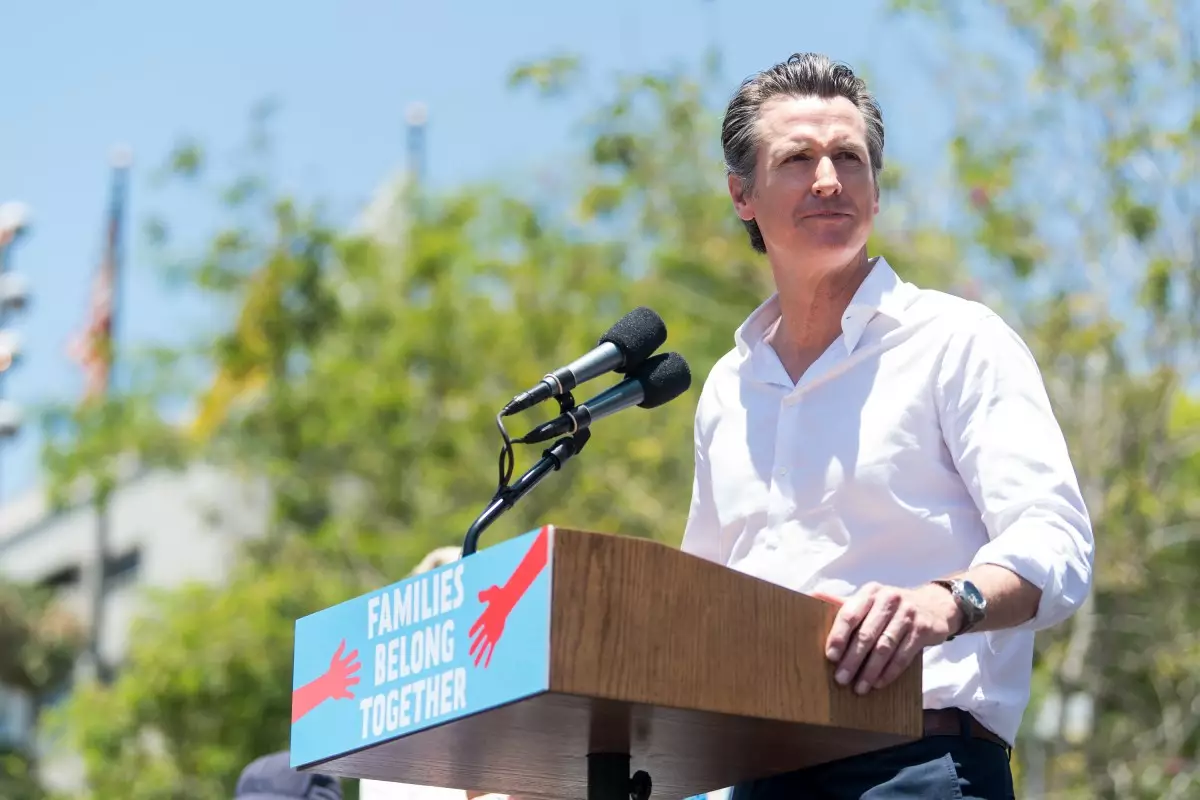In a decisive move that has captured the attention of the tech industry and policymakers alike, California Governor Gavin Newsom has vetoed Senate Bill 1047, a significant piece of legislation aimed at imposing strict regulations on artificial intelligence development. This bill, spearheaded by State Senator Scott Wiener, sought to hold AI developers accountable for implementing safety measures to mitigate “critical harms” stemming from their technologies. The proposed regulations targeted models that required substantial computational resources, specifically those costing over $100 million and employing around 10^26 floating point operations during their training phases.
The attempted regulation reflects California’s proactive stance in navigating the complex socio-ethical implications inherent in AI technologies. However, Governor Newsom’s veto underscores the challenges of crafting effective legislation in a rapidly evolving domain where the nuances of deployment and application greatly vary.
The bill was met with substantial opposition from influential players within the tech sector, including notable companies like OpenAI and prominent figures such as Yann LeCun, Meta’s chief AI scientist. Opponents argued that the bill’s stringent provisions could hinder innovation and inadvertently stifle the development of AI technologies that hold potential for significant societal benefits. Even some Democratic leaders, including U.S. Congressman Ro Khanna, expressed hesitations regarding the broad implications of such regulations.
Notably, while the legislation underwent several amendments in an effort to assuage concerns raised by AI companies like Anthropic, the fundamental apprehensions surrounding SB 1047 persisted. Many technology advocates maintained that the proposed standards were excessively stringent for a variety of AI applications, particularly those not involving high stakes decisions or sensitive data processing. This contention illustrates a broader debate within the sector about the balance between ensuring safety and fostering innovation.
In announcing his veto, Governor Newsom articulated reasons that highlighted the bill’s oversights, noting that it failed to adequately consider the context in which an AI system is utilized. According to Newsom, deploying a blanket set of guidelines to all AI models disregards the essential variances between different applications—particularly those operating in high-risk environments versus more benign contexts. By emphasizing the need for a nuanced approach, the governor signaled a recognition that regulation must be as sophisticated as the technology it aims to govern.
This disposition suggests a critical need for ongoing dialogue and incremental refinement of regulatory approaches to AI. As the landscape of artificial intelligence continues to evolve at a breathtaking pace, stakeholders across the spectrum—from developers and investors to policymakers and the public—must engage in collaborative efforts to establish frameworks that prioritize safety without compromising the innovative spirit integral to technological advancement.
Governor Newsom’s veto not only marks a pivotal moment for California’s AI regulatory landscape but also sets the stage for a broader discourse on the necessary measures to ensure responsible AI development. Moving forward, it may be essential to pursue a balanced approach that values both innovation and accountability. As discussions unfold, the lessons gleaned from SB 1047 can inform future legislative efforts, with the understanding that the regulatory environment must be adaptable to the dynamic and complex nature of AI technologies. Ultimately, the goal should be to safeguard public interest while simultaneously promoting an ecosystem that encourages pioneering development in artificial intelligence.

